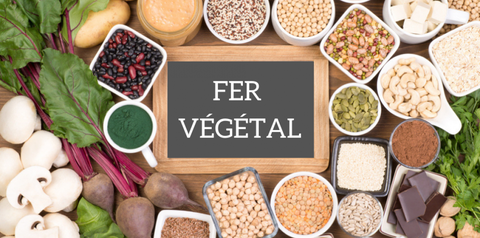
Meat is not the primary food source of iron – with the exception of organ meats! Some vegetables contain even more than duck breast or rabbit, in equal amounts.
Which foods are very rich in iron?
The dry aromatic herbs are the champions of the foods richest in iron. For a 100 g portion, thyme provides 124 mg of iron, basil 89.8, mint 87.5, marjoram 82.7 and Provence herbs 69.8. But, as it is rare to ingest such a quantity, we have deliberately excluded these culinary aids from the classification. As for foods of animal origin, it is duck and goose livers that hold the top spot (30.5 mg of iron per 100 g of raw material), followed by black pudding (22.8), lamb kidneys (12.4) and beef (9.5) and duck gizzards (9.4). Finally, the vegetables, of which the first of this top contains 15.7 mg of iron per 100 g, have nothing to envy to duck breast (4.8), quail (4.51), flank steak beef (3.38), rabbit (3.2) or sliced chicken breast (0.34).
What are the benefits of iron?
A mineral essential for the manufacture of hemoglobin (a protein located in red blood cells that carries oxygen in the body), iron is also involved in the production of myoglobin (another protein which is located in muscle and stores oxygen). Since 2016, the nutritional references for the adult population have been set by ANSES at 11 mg per day. A dose that increases to 16 mg per day for women who have heavy menstrual bleeding.
What are the symptoms of a lack of iron?
Initially, iron deficiency anemia often does not cause any symptoms. To detect it, a blood test must be carried out: a complete blood count (CBC) or hemogram, coupled with a hemoglobin dosage (its level must be equal to or greater than 130 g / l in humans and 120 g / l in women, according to the recommendations of the Health Insurance). If the hemoglobin level is really low, then one may experience fatigue, dizziness, lightheadedness, pallor, dry skin and hair, and brittle nails.
Share the post "This vegetable is the richest in iron: it contains more than the flank steak"